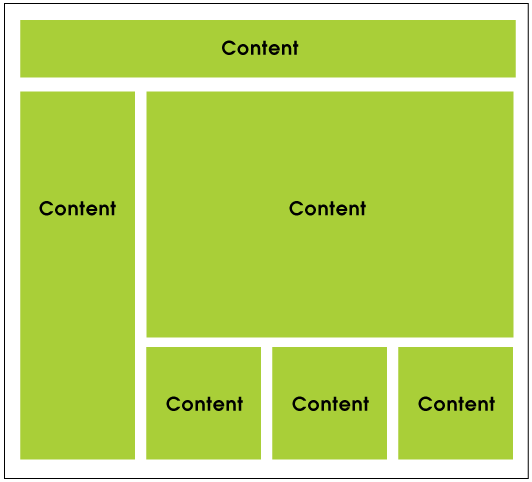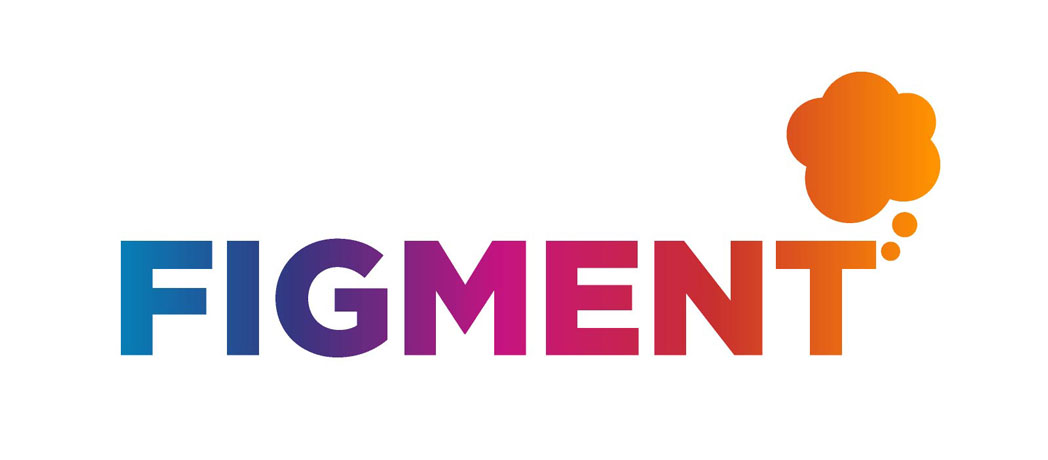Content First, Technology Second Online
Businesses seem to naturally gravitate towards considering technology needs when looking to build or update an e-commerce site. However, the more valuable — and often overlooked — consideration is that of content. Without a doubt, technology is essential in helping to deliver the content, but technology without content is meaningless. I believe the best process begins with defining user desires and marrying those with business objectives in order to create the ideal front-end user experience. Defining the user experience should then inform the selection of a technology platform, not the other way around.
When considering the type of content to be included in a user experience, we have found that it is important to consider the following key areas:
Product categorization
The backbone for connecting users to the products they seek is through product categorization. Obviously, product categorization informs navigation, and therefore it may feel like a technology consideration. However, we believe the categorization methods chosen, and the words used, have a much deeper value.
Because these categories will ultimately become part of your user navigation, the segments you create will inform the way that the product line is presented to users. When introducing your line for the first time, what would you want others to see and know first? Ideally, you should present the widest assortment possible so that visitors can get a sense of the breadth of your offering. Then offer the opportunity for refinement. For example, do you want users to view your products first by gender? Season? Product type? Price?
Detailed categorization or product filtering becomes especially important when you have a robust product offering, usually more than 30 items in a particular category.
User-centric wording
The words you use for product categorization and throughout the site should be in the same natural language your customer would use to refer to the products themselves. This may not necessarily be the way that you refer to the product internally. For example, a designer might develop a new “Sea Breeze” collection for the spring. Although this name provides some emotional feelings, it is not clear or direct enough to be used in the overall site navigation.
The words you use in your navigation are also highly valuable for search engine optimization (SEO). Although natural or organic SEO efforts may not be enough to earn the ranking you seek in search engines, it never hurts to try. Users who discover your site through paid advertising or promotions will remain on the site longer if your content is consistent with your promotion.
Seasonal imagery
Over the years we have identified several types of users online. Product categorization and user-centric wording primarily targets users who arrive at your site generally knowing what they want. Other users are merely browsing, looking for suggestions, the latest products, and featured promotions. This type of user is more apt to click on images and promotions rather than use traditional navigation or search fields. This user welcomes your suggestions.
We like seasonal imagery and promotions, not only because the product is timely and seasonally appropriate, but because these images have the power to set a mood and tone for the website. By referencing upcoming holidays and seasonal activities, a company can inspire users to consider additional purchases. This is especially helpful with gifts and upcoming trips that they may not be initially considering. This imagery can also put users in a light-hearted, festive mood.
Lifestyle imagery
Along these lines, compelling lifestyle imagery is a frequently overlooked part of a good online experience. In the absence of a personal interaction with the product, well-executed lifestyle imagery is one of the best ways to convey the feeling, attitude, and quality of a brand. Using words, you can tell customers about a product’s key features, but you cannot tell them that the product is fashionable, or for what occasion it is best suited. Lifestyle imagery helps give context by taking the product out of the cold, flat digital environment by “showing” rather than “telling”. By pairing a product with a human, you are inherently humanizing it, helping people understand how it fits into their lives. Doing so inherently shows whether the product is appropriate for one’s demographic (gender, age, ethnicity, etc.). The more user profiles you have for your product, the broader your range of models should be. This is why you will often find a “family” brand like The Gap featuring a wide range of demographics in their advertising. They often run the gamut from middle-aged men and women down to babies, showcasing a variety of ethnicities. Jean brands have always done a great job of capturing this wide range of audiences.
Video
If a picture is worth a thousand words, then imagine what a video can do to elevate your online communication. Using the same principals of creating a lifestyle image, a video truly brings the attitude of the brand to life. Mood-setting campaign videos do a great job of building romance. Informational videos are great at simplifying stories previously too complex for users’ short attention spans.
The challenge with video lies in what users miss if they do not hit play. For this reason we suggest incredibly short videos that loop or auto play for the website. A great example of this can be found on Amazon’s new Fashion site. A video loop of a model wearing the garment seamlessly rotates alongside still images. This video shows how the garment hangs, reflects light, and generally fits.
Fan favorites
Users also welcome suggestions from their peers. Features such as critic’s picks quickly become fan favorites as well. We love the idea of bringing social media into the mix by highlighting products that are fan favorites on social media. It is one thing to show the number of likes, pins, and shares with traditional plug-ins but we suggest calling attention to the products in a special manner within the site design. A special icon on items that are fan favorites is a great start.
During our rebranding process for sock manufacturer Wigwam Mills, we learned that athletes were sending in handwritten notes touting how much they loved a particular product. We asked these athletes to act as brand advocates, called Trailblazers, creating special content for Wigwam’s social media and recommending products on the website. These products were featured on key landing pages in a special section dedicated to showing feedback from the athletes. Products featured went on to become some of Wigwam’s top sellers.
Product comparisons
The more complex or higher-priced the item, the more customers will want to evaluate the product’s features and specifications. It is likely they will be comparing it to another similarly priced item. We suggest breaking out product features line by line, as opposed to paragraph form, to aid users in their comparison. Preparing a standardized chart for the data is a great start. This is especially helpful if you are a retailer with products made by different manufacturers. If an item does not have content to fill a row in the chart, leave the column blank. This clear absence of information is also especially helpful to customers.
If product comparison is an especially important part of the site, it is often helpful to give users the ability to shortlist multiple products and view their feature charts side-by-side. Offering up suggestions of related projects is a great way to encourage visitors to stay on your site to look for comparable products. It is also a great way to encourage the purchase of multiple items with similar features.
Information collected
Once you have convinced the user to make a purchase, it is crucial to make the act of buying as convenient as possible. Amazon is leading the way in this department with their “1-Click” buying feature. They have made the action of buying nearly mindless. Obviously you cannot streamline the purchasing process with a new customer to just one click, but you can minimize user hassle and reduce shopping cart abandonment. We recommend streamlining the check out process and collecting only the information you truly need.
Offer visitors the option to check out as a guest without creating an account. Not everyone plans on coming back for repeat business, so do not waste your time and resources trying to collect unnecessary information or insisting that everyone create an account. Some users specifically look for retailers where they can check out as a guest. They may even give you repeat business; they just do not want to create another account.
A memorable hook
Imagine your website experience if you did everything listed in the points above and executed each with quality and precision. This would certainly produce a site with superb user experience; perhaps one that was so effortless to use it was mindless. Considering this, what would be your lasting impression to the user? What memorable hook would cause them to think of you and return back in the future? If you are a designer or manufacturer, this question may feel easy to answer. However, we have often found that the things insiders think are so apparent or unique do not necessarily stand out as truly unique to the customer. For this reason it is important to be direct in your point of view. We suggest calling it out right on your home page. Men’s clothing brand Bonobos has expanded well beyond making well-fitting men’s pants, but in the early days they penetrated the market with the simple statement: “Eliminate “Khaki Diaper Butt”. This memorable message caught fire and led them to success.
If you are not the product manufacturer, this task may not feel necessary, yet we feel it is even more important. Today’s customer can buy anywhere. The shops with a unique theme or vision for curating their products stand out and get people excited.
For example, flash sales sites have become very popular. Yet, among this seemly small niche market, very few brands have established a clear positioning of why a customer should shop with one site versus another. All seem to offer deep discounts from top designers. In fact, many designers work the circuit, hopping from one flash sale site to the other. However, one flash sale site, Fab.com, was able to present a clear vision for the types of products they offered. Fab took the uncharted territory of partnering with emerging designers to helping them reach an audience with their one-of-a-kind, limited edition, undiscovered art and design. People took notice, and now Fab is the go-to place if you want to find out what the underground, cool kids are buying. They have even been able to move away from flash sales into a standard e-commerce offering.
In summary
As you can see, some of the content features listed above require specific technology components, while others do not. Technology is crucial to good functionality, but all of these content objectives could be achieved with a wide variety of technology platforms. In contrast, choosing a great technology platform will not automatically provide an answer for what type of content should be included. There is a vast array of commerce features to choose from. What works for one brand is not a guaranteed formula to work for you. Each business is unique, and bringing its unique stories to light is the proven formula for success.
While speed and performance are important to users online, they may not ever notice what technology is powering a site unless a feature is non-functional or broken. They will however, notice instantly if the content is not clearly presented, well organized, easy to understand, exciting or compelling. With this in mind, we remain committed to the philosophy that content should be considered first. Then a technology platform should be chosen that helps you and your team deliver that content in the best manner possible.


